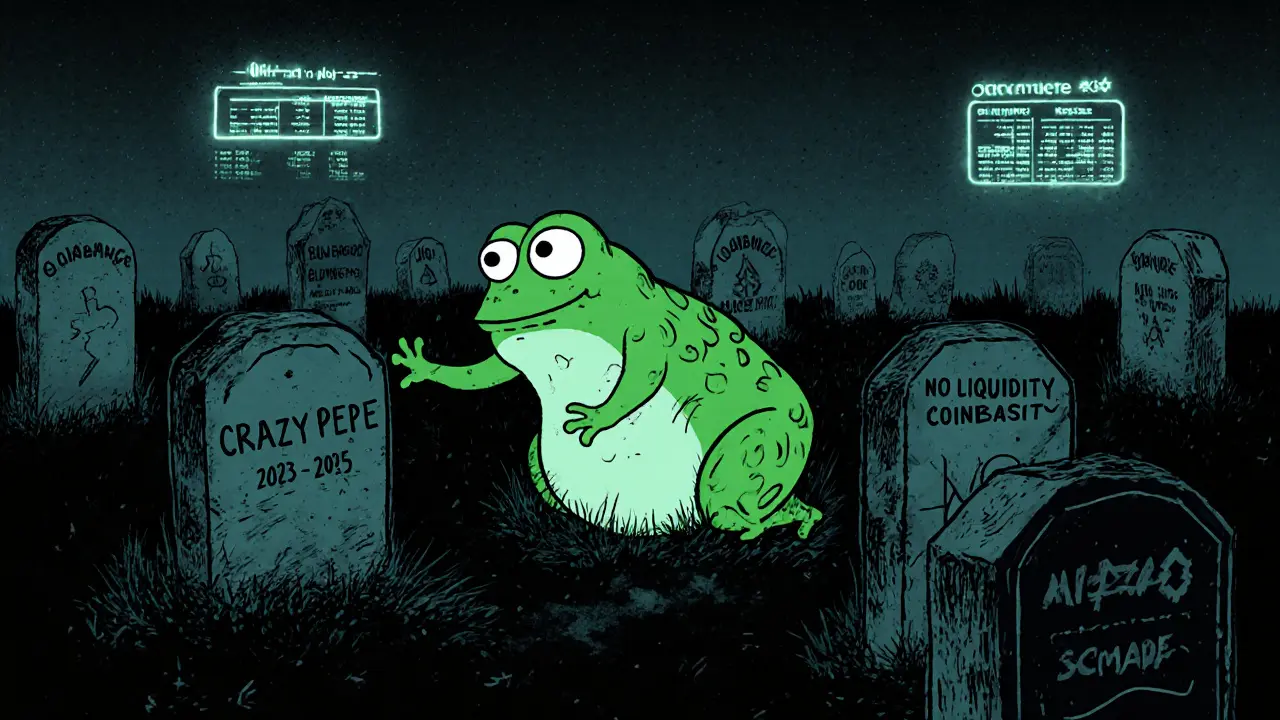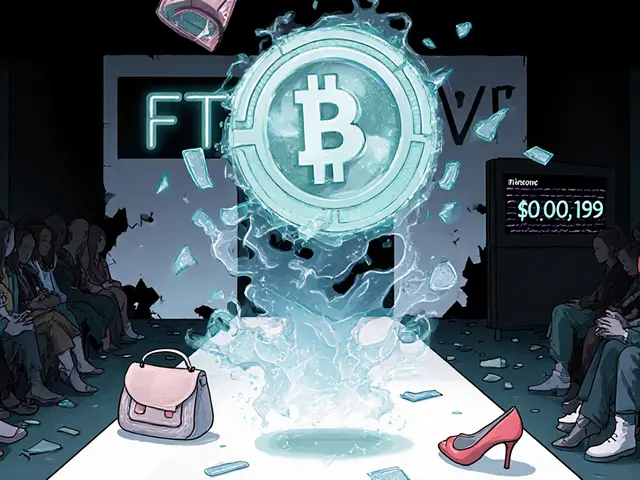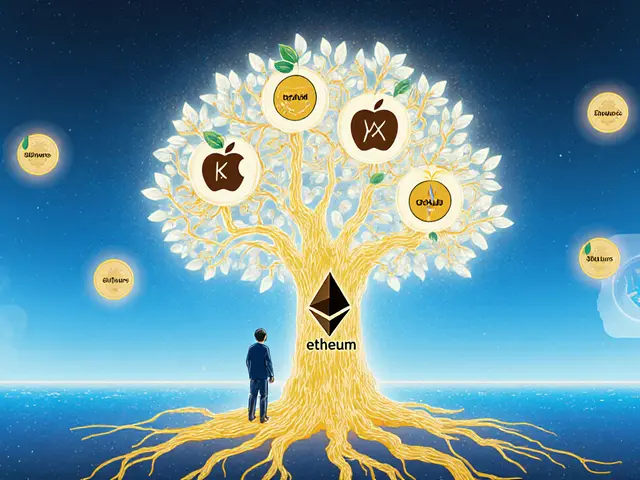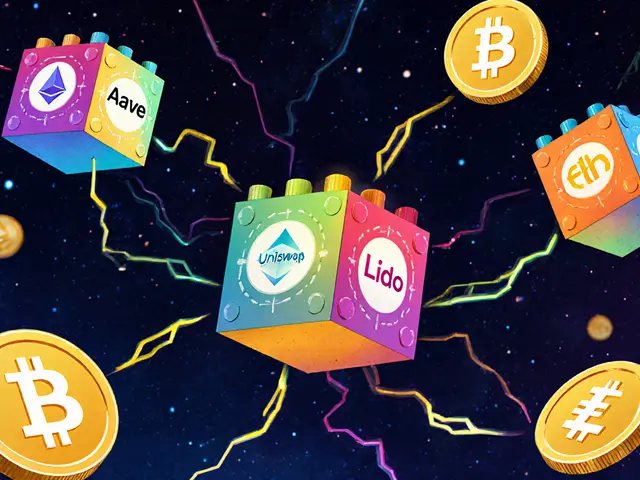Dead Cryptocurrency: What Happens When Crypto Projects Die
When a cryptocurrency becomes dead cryptocurrency, a digital asset with no active development, zero trading volume, and no community support. Also known as abandoned tokens, it’s not just inactive—it’s effectively erased from the ecosystem, leaving holders with digital dust. This isn’t rare. In 2025 alone, over 60% of new tokens launched on decentralized exchanges faded into obscurity within six months. Some vanish quietly. Others explode in scammy airdrop hype before disappearing—like CRDT, MMS, or XCV—each promising free tokens that never materialize, or worse, steal your wallet data.
What kills a crypto project? Usually, it’s a mix of no real use case, fake team, or outright fraud. Take FashionTV Token (FTVT), a token tied to a TV brand with zero actual integration or utility. It trades at pennies, if at all, because no one uses it. Or Btcwinex, a fake exchange that vanished after luring users with fake Bitcoin rewards. These aren’t failures—they’re designed to disappear. The same goes for crypto scams, fake airdrops that ask for private keys or seed phrases to "claim" tokens. Real airdrops never ask for your wallet password. If you’re seeing a tweet or Telegram group pushing "free MMS" or "claim CRDT now," it’s a trap. The token doesn’t exist. The project is dead. And you’re being hunted.
Dead cryptocurrency isn’t just about lost money—it’s about trust erosion. When people lose faith in airdrops, tokens, or new platforms, the whole ecosystem suffers. But you can protect yourself. Learn how to check trading volume, verify team identities, and spot red flags like zero GitHub activity or copied whitepapers. The posts below expose exactly how these dead projects operate, which ones were scams, and which tokens still have a pulse. You’ll see real examples—no fluff, no hype—just what happened, why it mattered, and how to avoid the next one.
What is CrazyPepe (CRAZYPEPE) crypto coin? The truth about a dead meme token
CrazyPepe (CRAZYPEPE) is a dead meme coin with $0.00 price across all exchanges as of November 2025. No trading, no community, no audits. Avoid this abandoned token.





